
Camponotus foreli
$19.11 – $43.72Price range: $19.11 through $43.72

Camponotus irritabilis
$103.86 – $147.60Price range: $103.86 through $147.60
Camponotus holosericeus
$95.66 – $153.07Price range: $95.66 through $153.07
SKU:
AOTA44
Category: Ants
Tags: ant, Ant Atlas, ant colony, ant on top, antontop, ants, Atlas de hormigas, Atlas Mrówek, Brachymyrmex laevis, Camponotus abscisus, Camponotus aethiops, Camponotus arnoldinus, camponotus holosericeus, Queen of ants
Worldwide shipping
Free delivery over 999 PLN
The highest quality of goods
Live delivery guarantee
24/7 Personal Support
Fair Prices
Description
Camponotus holosericeus is a monogynous ant species with a colony size of up to 5000 workers. They have a medium development rate and come in different sizes: queens are 16-20mm, workers are 8-11mm, and majors are 11-15mm. They have a gray body with golden hair and their diet consists of food insects, syrup, fruits, vegetables, jelly, and cooked food.
Additional information
| Behavior | |
|---|---|
| Difficulty in breeding | |
| Origin | |
| The size of ants | |
| Wintering |
Description
Camponotus holosericeus – Grey Camponotus from Asia
Colony Type: Monogyny
Colony Size: Up to 5000 workers
Development Speed: Fast
Size
- Queen: 16-20 mm
- Workers: 8-11 mm
- Majors: 10-15 mm
Nutrition
- Food insects (such as cockroaches and crickets) dead, or live if colony is big
- Syrup (a mixture of water and honey or sugar, with a ratio of 3 water:1)
- Fruits and vegetables
- Jelly
- Cooked chicken without salt, shrimps
- Honey
Don’t forget to check out our food products to ensure a well-balanced diet for your colony!
Humidity and Temperature
- Humidity: Arena:50-70%, Nest: 50-70%
- Temperature: Arena: 21-35 °C, Nest: 24-28 °C
Recommended Nests for breeding
- Acrylic nests
- Ytong nests
- Gypsum
Reviews
Rated 0 out of 5
0 reviews
Rated 5 out of 5
0
Rated 4 out of 5
0
Rated 3 out of 5
0
Rated 2 out of 5
0
Rated 1 out of 5
0
Be the first to review “Camponotus holosericeus” Cancel reply
Related products
Anoplolepis gracilipes
Rated 5.00 out of 5
$54.65 – $224.15Price range: $54.65 through $224.15
Select options
This product has multiple variants. The options may be chosen on the product page
Azteca delpini antillana
$125.73 – $218.68Price range: $125.73 through $218.68
Select options
This product has multiple variants. The options may be chosen on the product page
Brachymyrmex laevis
$43.72 – $153.07Price range: $43.72 through $153.07
Select options
This product has multiple variants. The options may be chosen on the product page
Camponotus aeneopilosus
$109.33 – $194.08Price range: $109.33 through $194.08
Select options
This product has multiple variants. The options may be chosen on the product page



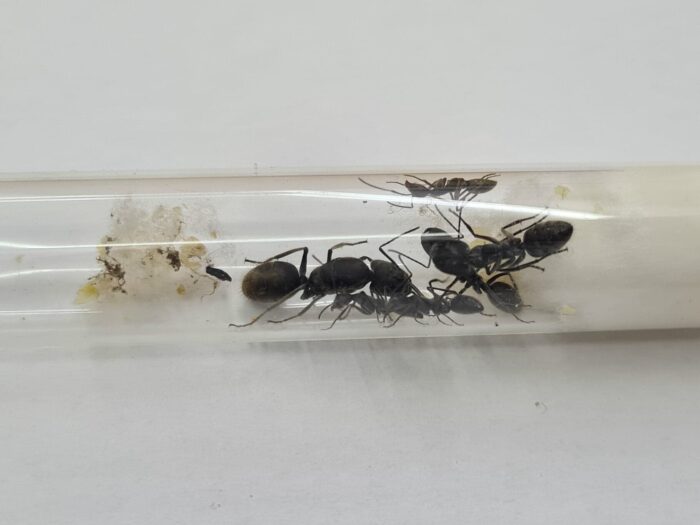
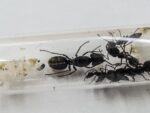
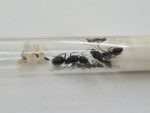
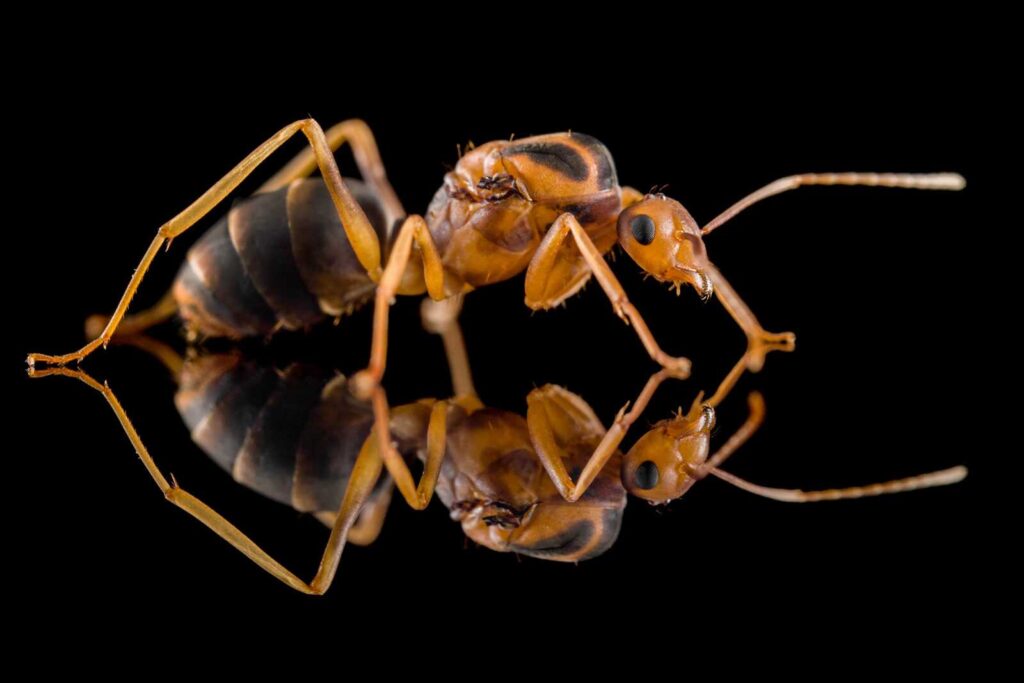
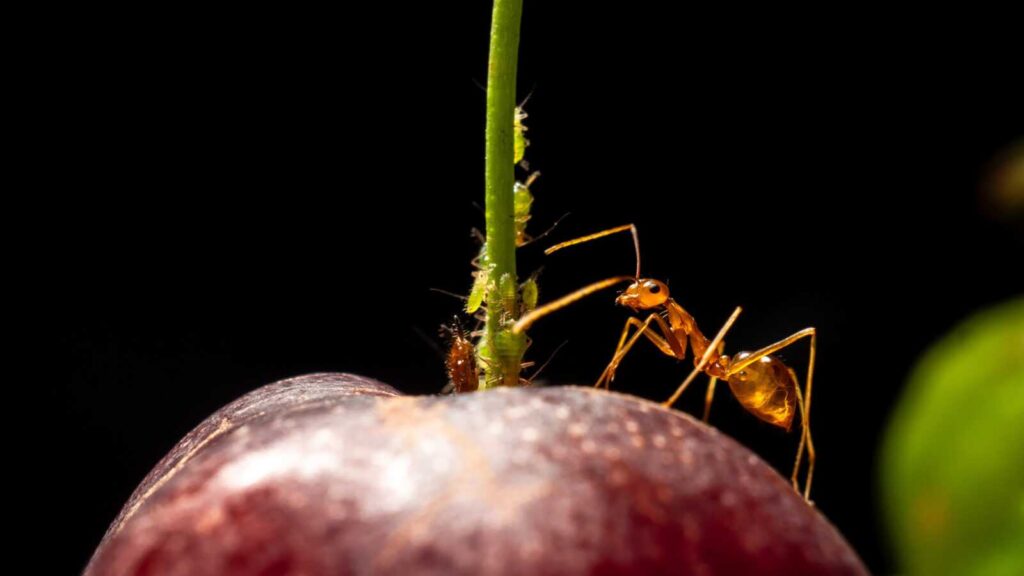


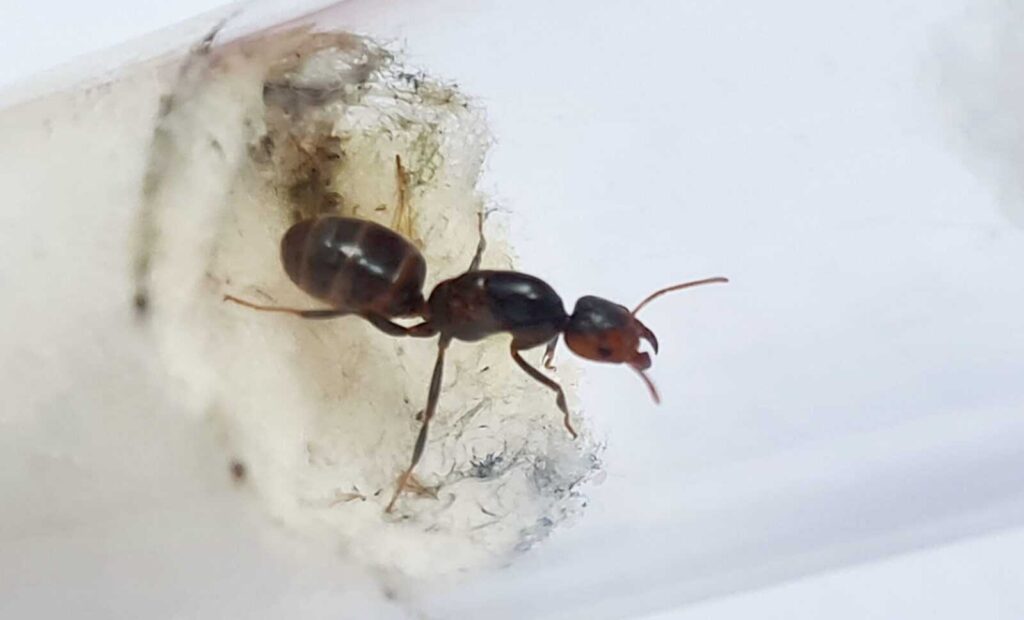
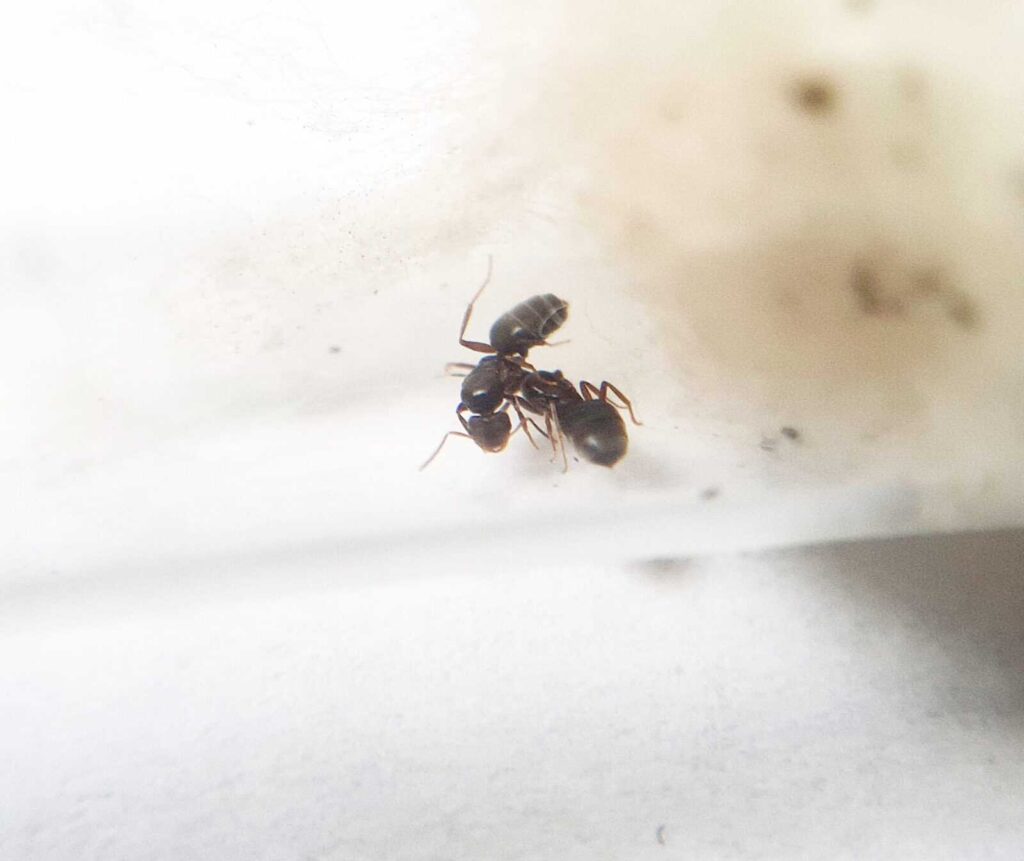

Reviews
Clear filtersThere are no reviews yet.